How to Clone an SSD to a Bigger SSD Easily and Safely
- Home
- Support
- Tips Data Backup
- How to Clone an SSD to a Bigger SSD Easily and Safely
Summary
Learn how to clone your SSD to a bigger SSD without data loss. This guide provides detailed steps, necessary tools, and tips to ensure a seamless transition to a larger storage drive.
When upgrading to a larger SSD, consider how much storage you will need. A 500GB SSD may suffice for the operating system and applications, whereas a 1TB or larger SSD is better for users who handle large files, such as gamers or designers. Estimating your current and future storage needs is essential to avoid running out of space shortly after the upgrade.
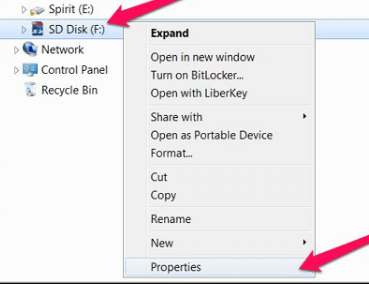
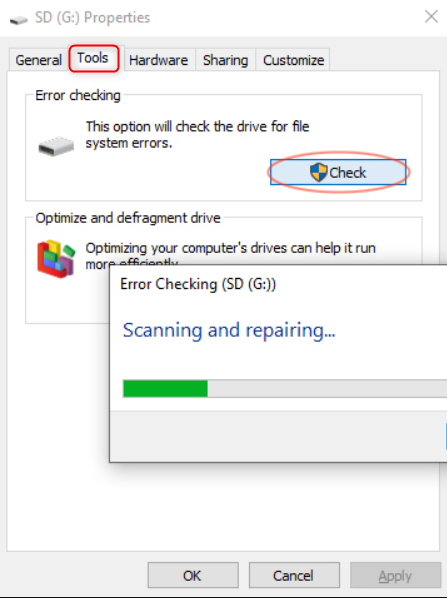
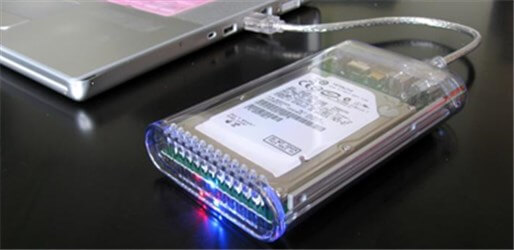
There are two primary methods: creating a new partition with the extra space or extending the existing cloned partition to include the additional space (e.g., increasing the old partition from 200GB to 500GB). Renee Becca supports both approaches.

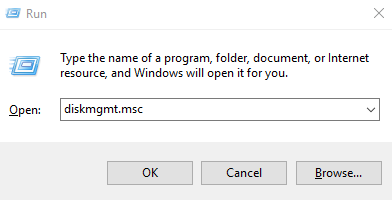
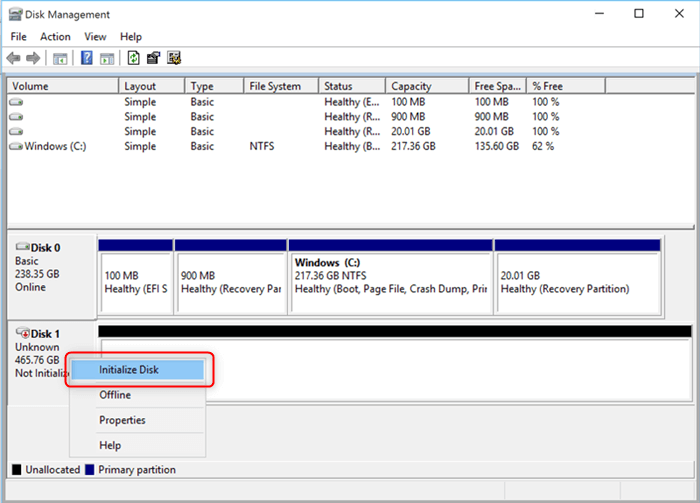

Quick Backup files at up to 3,000MB/min.
Fullfill different backup needs Supports system backup, disk / partition backup, file backup and disk clone.
Intelligent Automatically analyze the differences between source and backup data.
Convenient Support VSS, allowing to freely view webpages when backing up system.
Highly compatible Supports various files and storage devices.
Quick Backup files at up to 3,000MB/min.
Fullfill different backup needs Backup for disk, partition and system. Save disk space by backing up incremental /differential data.
Highly compatible Supports various files and storage devices.
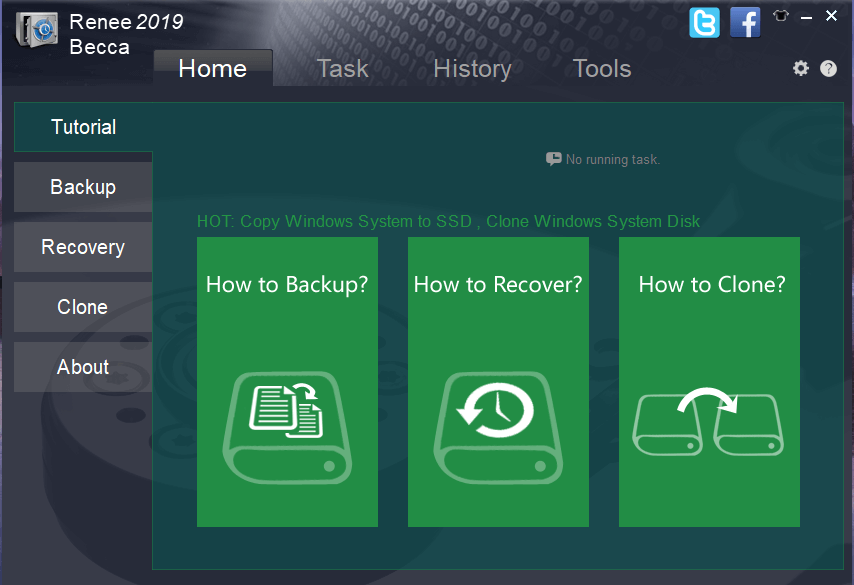
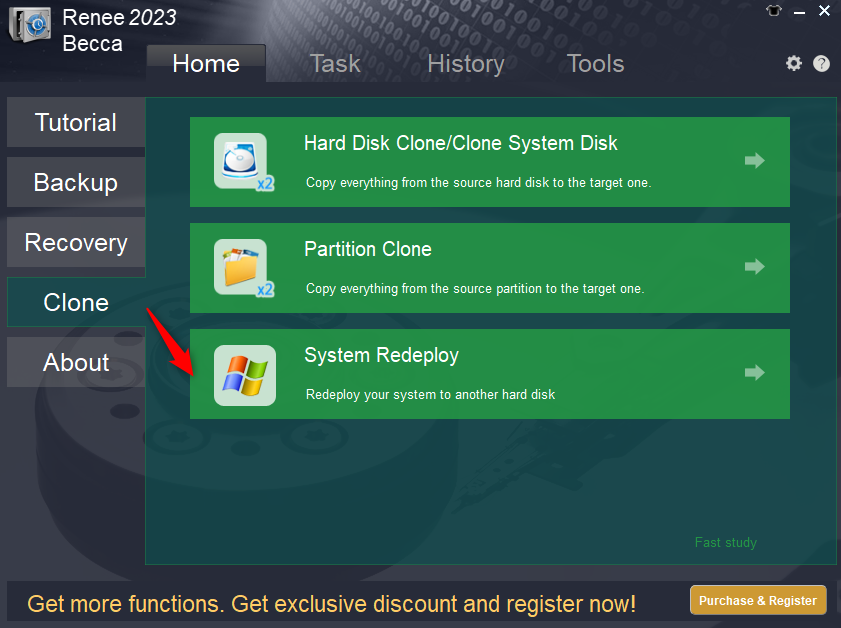
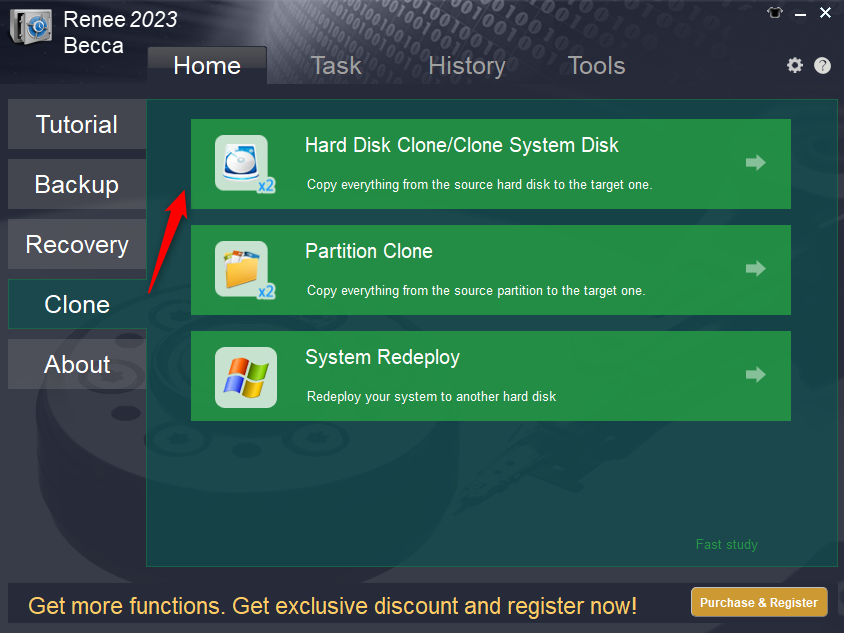
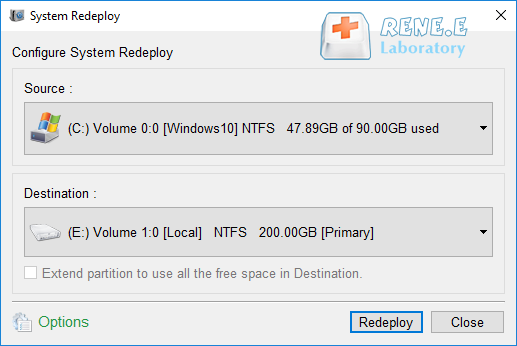
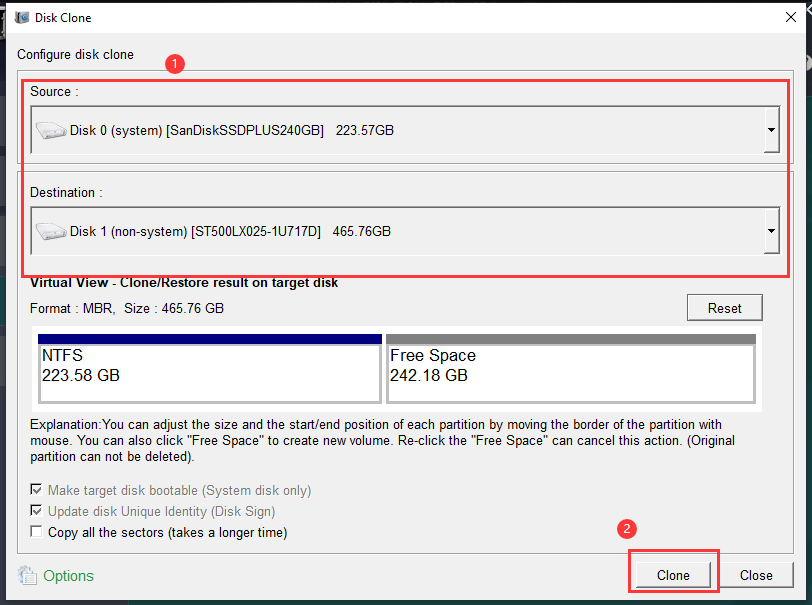
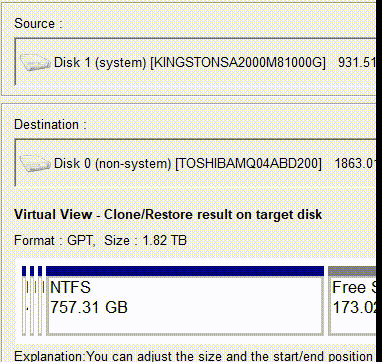
| Server Type | Enter boot menu method |
|---|---|
| DELL | Press the F12 key repeatedly before the Dell logo appears on the screen. |
| HP | Press the F9 key multiple times when the HP logo is displayed. |
| BIOS Name | Enter boot menu method |
|---|---|
| ASRock | DEL or F2 |
| ASUS | DEL or F2 for PCs, DEL or F2 for Motherboards |
| Acer | DEL or F2 |
| Dell | F12 or F2 |
| ECS | DEL |
| Gigabyte / Aorus | DEL or F2 |
| Lenovo (Consumer Laptops) | F2 or Fn + F2 |
| Lenovo (Desktops) | F1 |
| Lenovo (ThinkPads) | Enter then F1 |
| MSI | DEL |
| Microsoft Surface Tablets | Press and hold Power and Volume Up buttons |
| Origin PC | F2 |
| Samsung | F2 |
| Toshiba | F2 |
| Zotac | DEL |
| HP | Esc, F9 for "Boot Menu", Esc, F10, Storage tab, Boot Order, Legacy Boot Sources |
| INTEL | F10 |
Relate Links :
A Seamless Transition: How to Convert Your Laptop's SSD to an HDD
29-11-2023
Jennifer Thatcher : Learn how to seamlessly convert your laptop's SSD to an HDD with ease. Discover compatibility issues, choosing the...




